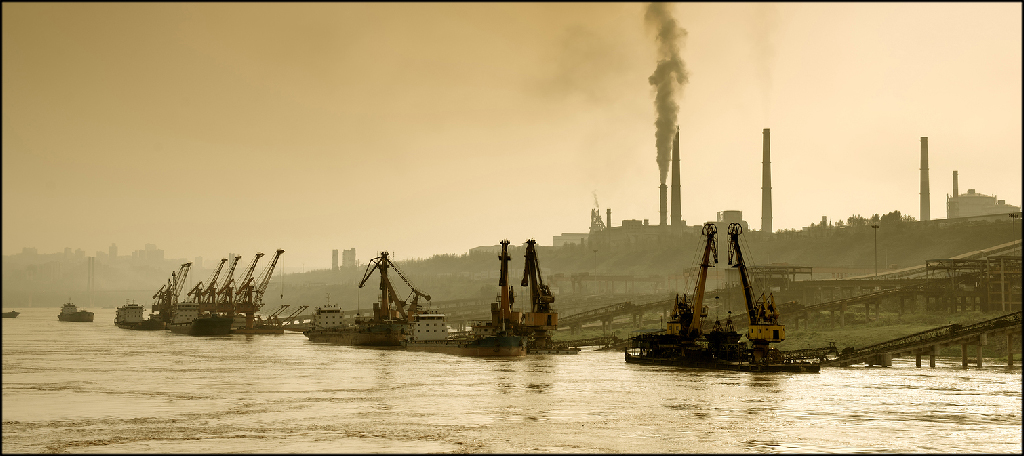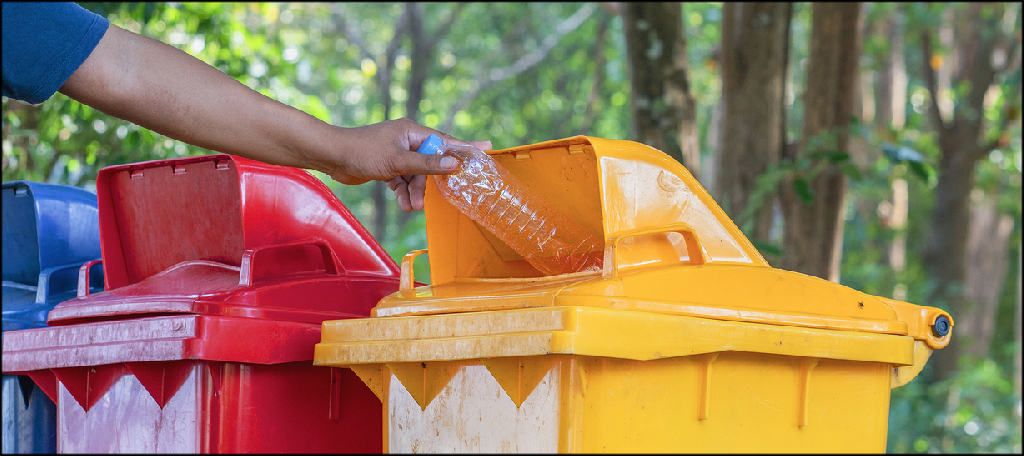Earth Day 2020 marks the 50th anniversary of the holiday, and this year it has a terrific theme, Climate Action. For years, the world has debated the effects of climate change and promises have been made. However, they are not kept and in reality, things continue to worsen. Look no further than the ocean pollution crisis the world is facing.
Over 8 million tons of plastic enters our oceans each year and as a result, over 100 million ocean animals die as a direct result of plastic pollution each year. If we continue on this path, by 2050, there will be more pieces of plastic in the ocean than fish.
And that would be an absolute disaster because fish and sea mammals are some of the most spectacular life forms on the planet.
How Does The Plastic Enter The Ocean?

One of the most common questions is how can so much plastic actually gets into the ocean?
Most people imagine that the majority of ocean plastic is from the coastlines, namely beaches, but that simply is not the case. In reality, 90% of ocean plastic pollution comes from just 10 rivers around the world.
And they are not evenly spread out.
Two of the rivers are located in Africa, while the other 8 are all located in Asia. With the majority of these rivers connecting to China, the world’s biggest polluter.
China is the king of mismanaged plastic waste. An estimated 30% of what they use ends up in the ocean. They are more than double the next highest mismanaged plastic polluter, Indonesia. In fact, if you added up the next 4 largest plastic polluters, China would still be number one.
Much of this comes from improperly disposed of garbage from factories and residents.
Where Does the Plastic End Up?
You may be wondering why aren’t the coastlines and waters closest to land filled to the brim with plastic. The answer is pretty simple.
The ocean currents carry it out to deep sea. And by now, I’m sure you have heard of the Great Pacific Garbage Patch located in the Pacific ocean. It is a massive collection of plastic pollution that is now over three times the size of France.
And it is not the only one.
In fact, as a result of the way ocean currents work, there are 5 major accumulations of plastic in the ocean that are large enough to be their own country.
However, this is just the plastic that we can observe on the surface of the ocean. A deep dive expedition into the Marina Trench in 2019, the deepest part of the ocean, revealed that it is littered with plastic.
In reality, the bottom of the ocean is experiencing the same level of pollution as the surface, but that’s not even the worst part.
While it can take hundreds of years for plastic to finally break down, it does get smaller. And that is a huge problem. It gets so small they get breathed in and ingested by unknowing fish. These are known as Microplastics.
These are not just unhealthy for the fish, but everything that eats them, including humans.
Cleaning The Ocean

With this year’s Earth Day theme being action, we need to start cleaning our oceans. However, to actually clean up our oceans, we need to prevent the influx of new plastics from entering the water.
To do this, we need to recycle and stop using single-use plastics.
These are plastics that have one use, like plastic utensils. Once, you use them, they are thrown into the garbage and that’s if you’re responsible. In most cases, these and other single-use goods are the most commonly found plastics in oceans.
As a person, you can use less plastic and make sure everything you do use is disposed of properly. Recycle your household’s plastic and tell your friends and family to do the same. The more you advocate for proper disposal, the quicker we can start removing plastic from the ocean.


